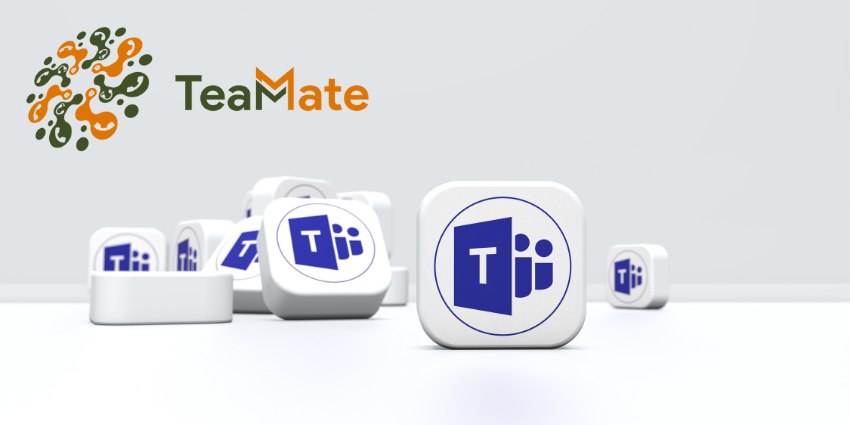Now that Microsoft has established its dominance in the business collaboration market, Teams itself has become one of the biggest competitive marketplaces.
With over 250 million users per month, the collaboration platform gives service providers a very large addressable market. However, in such a dense marketplace there is a tendency to rapidly reduce the price for a basic – or commodity – solution. A more strategic option can be to offer multiple choices fit to different situations and different budgets. Customers, also struggling to understand how phone calls and collaboration platforms fit together, will have a different range of requirements, and might appreciate more than one option.
Those who want a basic solution may well have their heads turned by the choices built into Microsoft Office. Direct Routing has been a smashing success and it will be simplified further for service providers and customers with Operator Connect. Azure Communications Services opens an exciting new frontier for ‘Twilio-like’ service directly integrated into Microsoft Teams. Service providers who follow a basic approach to Microsoft Teams integration by using these tools can quickly become a lower value commodity (origination, termination, DDI/DIDs, Emergency Services). However, more complex, and higher-value services presented nicely in Microsoft Teams for PBX, contact centre, SMS and call recording create stickiness between the customer and the service provider through the Microsoft platform.
Creating Stickiness
To create cooler integrations to Teams, it’s important to understand what is possible, which is quite a bit it turns out! Microsoft has really promoted the Future of Work, especially workflows integrated into Microsoft Teams. The available integration tools provide compelling API hooks to take an external, more complex technology and make it integrate smoothly into the Teams user’s interface. What this means is the tasks users need to do outside of Teams can potentially be done inside Teams with the use of smart integration.
Better overall usability is really the driving philosophy behind the adoption of Teams Collaboration, so these kinds of advanced integrations that improve usability for the Teams user can go a long way to strengthening a customer’s relationship with the external system service provider.
“We have seen that, while the table stakes for a strong Microsoft Teams integration are a functioning dial pad, the real stickiness comes from putting more PBX features, controls, and notifications right inside of Teams,” said Micah Singer, Managing Director of TeamMate Technology.
“For service providers, it is imperative that their customers get value from the PBX or other external system to the fullest extent possible and it doesn’t hurt to create some service provider awareness through branding.”
More than just a provider
Everyone worries about the inevitable day when Microsoft starts investing in PBX, SIP Trunk, SMS, Contact Centre and other types of communication services that will appeal directly to business customers. While Direct Routing and Operator Connect are high demand integrations delivered with simplicity using impressive Microsoft provisioning, they are rapidly creating a commodity market for Teams SIP Trunking services. It’s the same SIP Trunking market in a different place, really.
Service providers who participate are seeing a huge short-term boom in demand, and the first movers have already seen impressive success. But the longer-term threat is that by such a high reliance on normal integration everyone becomes a cookie-cutter Microsoft reseller.
Singer added that if service providers do not sell higher-value technology and services through Teams integration or outside of Teams entirely, they risk losing the current and future revenue of their customers.
“There is a large segment of Microsoft Office users that are willing to pay for convenience, security, and the ubiquity that Teams integration offers, but they still need their existing external services. If you choose to build a product that just shows Microsoft’s brand and Microsoft’s tools there is a much higher risk of obsolescence for current service providers.”







